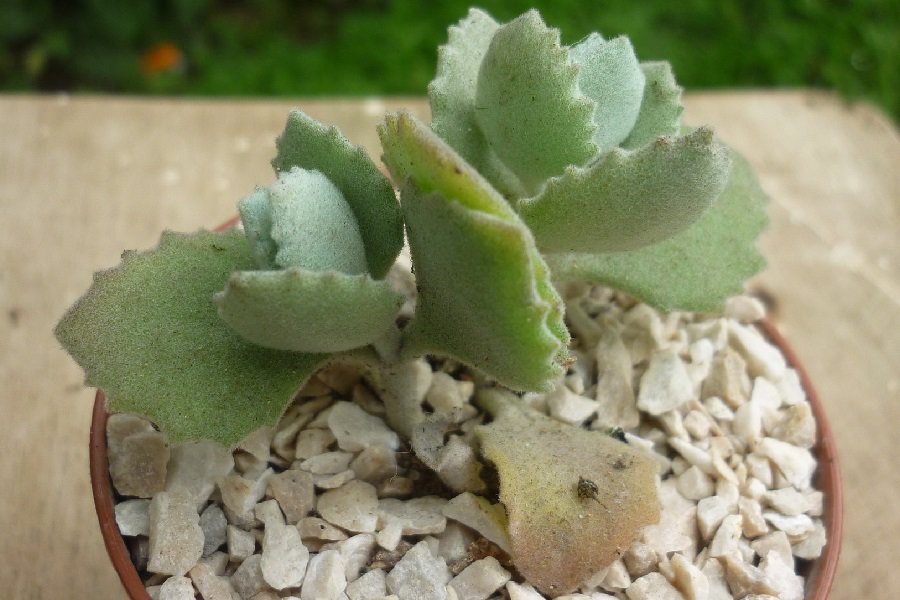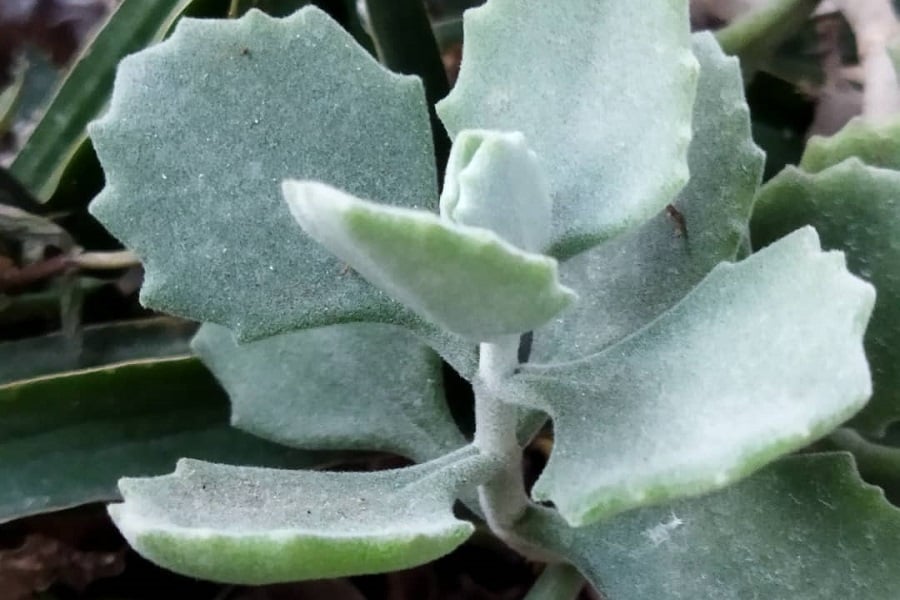Kalanchoe millotii: Characteristics and Care
Imagine a petite succulent with pale green or grayish shell-shaped leaves covered in tiny white hairs. That’s the Kalanchoe millotii, a shrub native to Madagascar that rarely grows taller than 12 inches. But don’t let its small stature fool you – this hardy plant is a true gem for succulent enthusiasts!
During the summer months, the Kalanchoe millotii produces vibrant yellow (sometimes greenish) flowers on separate stalks, adding a pop of color to your indoor or outdoor garden. Let’s dive into the care essentials that will keep your Kalanchoe millotii thriving.

Related Post:
40+ Kalanchoe Lower Classifications With Pictures
Contents
Kalanchoe millotii Care Requirements
Light Requirements
The Kalanchoe millotii loves basking in the sun’s rays, but too much direct sunlight can be harmful, especially in areas with scorching summers. Opt for a lightly shaded spot outdoors or a bright, sunny window if keeping it indoors. If natural light is scarce, consider using grow lights to mimic the sun’s warmth.
Watering Needs
This drought-resistant succulent doesn’t require frequent watering. In fact, overwatering is a common pitfall that can lead to root and leaf rot. Allow the soil to dry out completely before giving your Kalanchoe millotii a thorough drink. Drooping or falling leaves are signs that it’s thirsty.

Soil Preference
Succulent soil mixes are perfect for the Kalanchoe millotii as they offer excellent drainage. If making your own mix, combine equal parts sand, peat moss, and clay for a well-draining medium. Adjust the sand ratio if the mix seems too loose.
Fertilizing Recommendations
The Kalanchoe millotii is a low-maintenance plant that doesn’t strictly require fertilizer. However, if you want to promote lush, healthy growth, you can apply a slow-release fertilizer monthly or use a liquid fertilizer.
Temperature and Climate
This succulent thrives in warm conditions and blooms during the summer months. While it can tolerate cooler temperatures around 55°F, it’s best to bring it indoors or cover it with a frost cloth when temperatures drop below that point to prevent freezing.

Pest and Disease Control
Mealybugs and aphids are the primary pests to watch out for with the Kalanchoe millotii. Regularly inspect the leaves and wipe them down with an insecticide or diluted neem oil solution to keep these pests at bay.
Kalanchoe millotii Propagation Guide
Propagating this succulent is a breeze, and you can choose between leaf or stem cuttings. Let’s explore both methods:
Leaf Propagation
- Using clean scissors or pruners, gently remove a few healthy leaves from the mother plant.
- Allow the leaf cuttings to dry out and form calluses in a sunny spot for a few days (this prevents rot).
- Once callused, place the leaves on top of a well-draining succulent soil mix.
- Gently mist the leaves with water about 5 times a day, avoiding direct sunlight.
- In a few weeks, you’ll notice new baby plants forming on the leaves.
- When the baby plants have grown roots and leaves, you can carefully separate them from the mother leaf and transplant them into individual pots.
Stem Propagation
- Using sterilized pruners or scissors, take 3-4 inch stem cuttings from a healthy Kalanchoe millotii plant.
- Allow the stem cuttings to dry out and form calluses in a sunny spot for a few days.
- Once callused, stick the stem cuttings into a well-draining succulent soil mix, burying about half the stem.
- Gently mist the cuttings with water about 5 times a day, avoiding direct sunlight.
- In a few weeks, you’ll notice new roots and growth forming.
- Once the cuttings have established a solid root system, you can transplant them into individual pots and care for them like a full-grown Kalanchoe millotii.
With both methods, be patient and consistent with the misting until roots and new growth appear. Proper soil, indirect light, and occasional misting are key to successful Kalanchoe millotii propagation.
